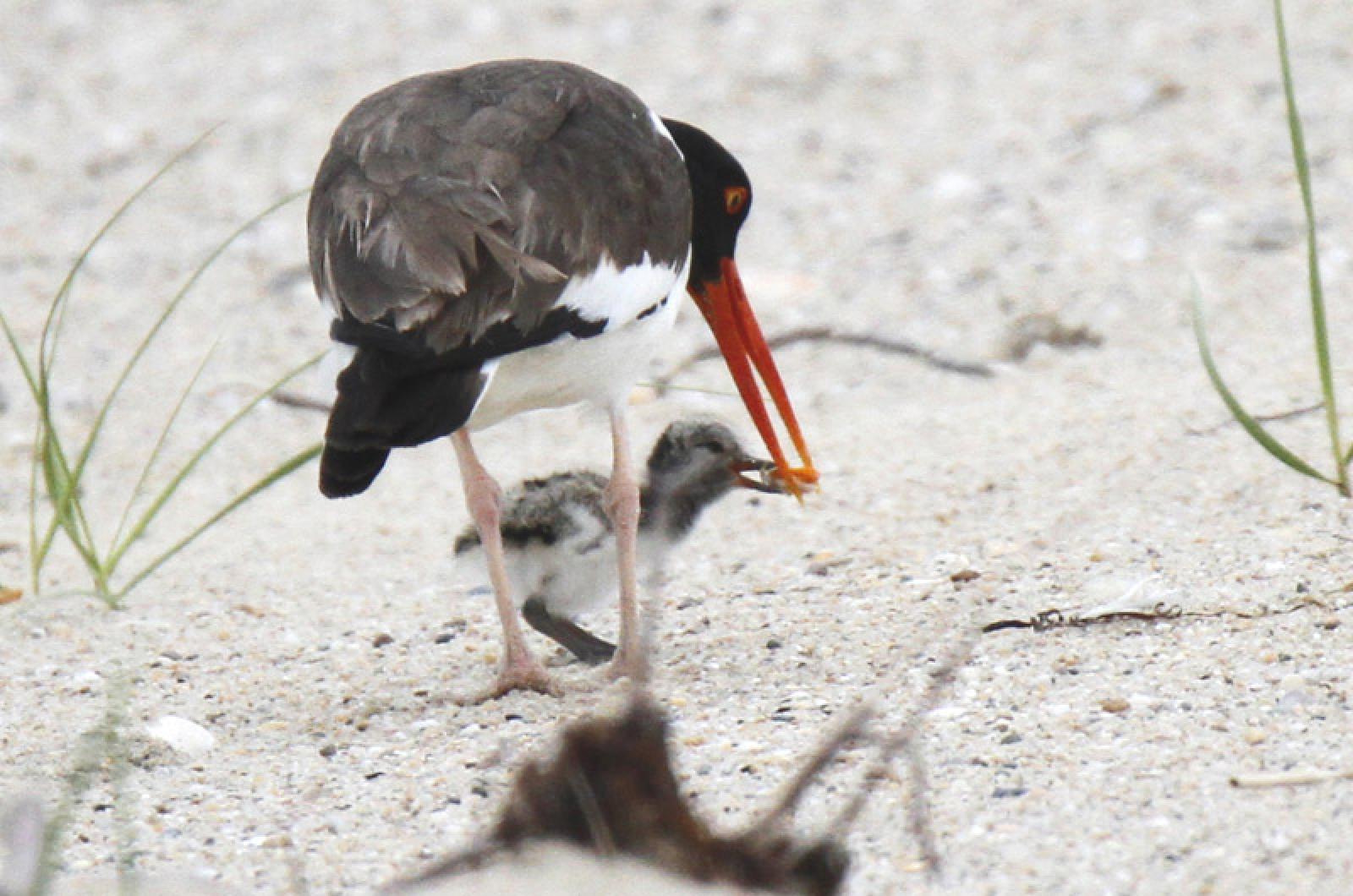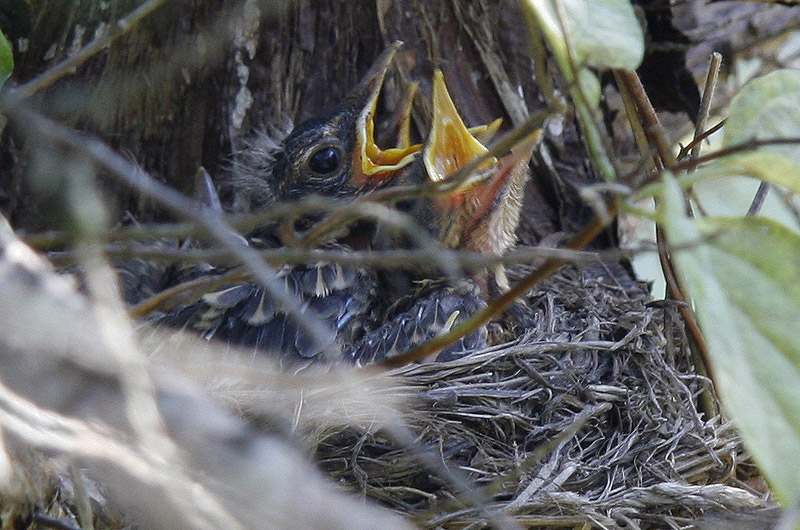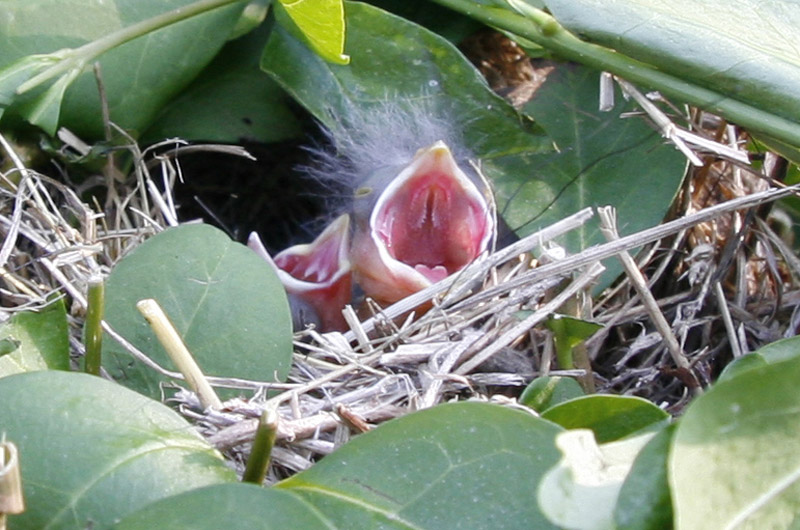There are several species nesting on the Vineyard whose abundance has not been documented this year. They are bobwhite quail, Carolina wren, ring-necked pheasant, brown thrasher, wood thrush and hermit thrush.
Cookie Gazaille Perry observed some bobwhite quail along Middle Road on July 5, the first quail she has observed in years. Then, on July 6, Sharon Britton found a pair of bobwhite at Tiasquam Valley South in Chilmark. While quail was once common, our abundant mammalian predators, habitat loss and the discontinued programs to release quail have combined to wipe out the vast majority of our quail. But the summer months seem to be the best time of the year to find quail. Please keep your eyes and ears out for them, and be sure to report your findings.
Carolina wrens are small birds that carry a very loud voice. They have become quite scarce after this past winter’s extended cold and persistent deep snow. But there are some around. Nathalie Woodruff, Marcia Streicher, Connie Alexander, Susan Canham and I have all observed Carolina wrens in Oak Bluffs, Edgartown and Vineyard Haven. Are there any wrens in the other towns?
And how about ring-necked pheasant? Did the cold temperatures and deep snows affect our pheasants as much as it did our wrens? Because of the winter’s strong winds, deep snow did not develop in many of our larger fields and possibly some pheasants survived near them. Let us know if you have seen any.
I know three species that breed on the Island but may be rather scarce — brown thrasher, wood thrush and hermit thrush. All three have loud fairly recognizable songs. The thrasher song consists of a variety of notes, all of which are sung in pairs. The only thrashers I know of are along Lighthouse and Lobsterville Roads in Aquinnah. The two thrushes can be difficult to identify by song. The hermit’s ethereal flute-like song starts with a long note, while the wood thrush’s similar song does not. Wood thrushes are likely widespread in the north shore woodlands, but I have not gotten a report of a hermit thrush since mid-May. This column would be interested to learn how widespread or local these species are.
Bird Sightings
Charlotte Adamis reports that the osprey nest near the intersection of Lighthouse and Lobsterville Roads in Aquinnah may be empty. They observed one adult on the nest and the other adult nearby, but no chicks visible on July 4. I made a similar observation at the osprey nest at the regional high school. Only one parent was present, perched on an adjacent light pole, and there was no evidence of chicks in the nest. However, this does not mean that the nests have failed. The presence of one or more adults suggests that the nests have not failed, but rather that the adults and chicks may be just lying low for a while. Dick Jennings, Soo Whiting and myself observed chicks in both nests in late June. Dick Jennings reports that the best indicators of nest failure are the total absence of the adults over at least half an hour, with a follow-up visit a few days later to confirm that no adults are present. He also reports that the heavy rains we have had may explain the recent spate of nest failures he has observed.
Also of interest are several reports of three or four ospreys interacting at a nest site. Gus Ben David suggests this may be the aggressiveness of the resident male trying to keep other non-nesting ospreys away from “his” territory. Soo Whiting reports this at the Hancock Beach pole after the nest attempt there failed, and Sarah Mayhew reports a similar incident in the sky near the Quansoo farm pole.
On July 6, Pete Gilmore and Warren Woessner examined the western end of Norton Point, and found a variety of migrants, including two black-bellied plover, two semipalmated plover, 24 short-billed dowitchers, seven least sandpipers, two greater yellowlegs, one lesser yellowlegs, one lesser black-backed gull and two ring-billed gulls. This is only the beginnings of the migration, as the numbers of individuals are still low except for the short-billed dowitchers. They additionally found resident breeding species: three piping plover, one great egret, six willets and quite a few American oystercatchers. On July 5, Warren Woessner also found five least sandpipers and two snowy egrets on Norton Point.
Matt Pelikan reports that an indigo bunting was singing at the Hoft farm off Lambert’s Cove Road on July 5. The bird was not there on July 6, and so is likely to be a solitary male that is wandering around the Island in search of a mate. This is the only report of indigo buntings I have received since early May during the peak of songbird migration.
Black skimmers may not be as popular as the snowy owls were in the winter, but they are close! I have received reports of skimmers everywhere from Chappy to Sengekontacket Pond to Edgartown Great Pond to Norton Point Beach. Any reports from outside this area would be appreciated.
There are lots of birds around, so please get out looking for them, and be sure to report your bird sightings to birds@mvgazette.com.
Robert Culbert leads Saturday morning guided birding tours and is an ecological consultant living in Vineyard Haven.







Comments
Comment policy »